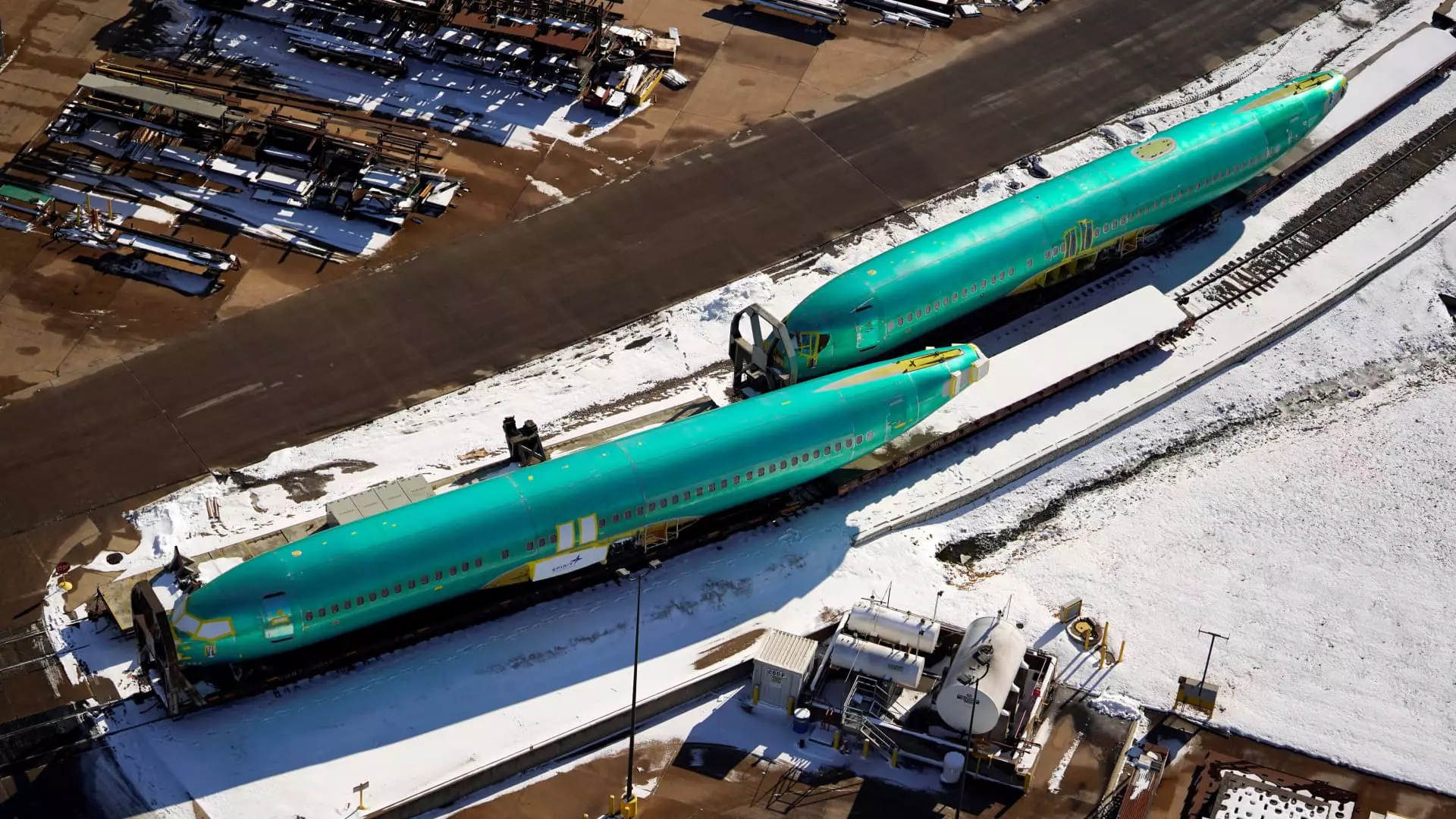In an unsettling development that underscores the fragility of the aerospace sector, Spirit AeroSystems has announced that it will furlough approximately 700 employees amidst a protracted strike by machinists at Boeing. This strike, now extending into its sixth week, has been a cause of considerable upheaval, affecting over 32,000 Boeing workers who walked off the job on September 13 after rejecting a tentative labor agreement. The fallout from this labor unrest poses new challenges for Boeing’s newly appointed CEO, Kelly Ortberg, who faces mounting pressure to steer the company through these turbulent times.
These furloughs represent about 5% of Spirit AeroSystems’ U.S. workforce, predominantly impacting operations at the company’s key facilities located in Wichita, Kansas. As labor strikes can significantly disrupt not only the operations of the companies directly involved but also their suppliers, Spirit’s workforce reduction is a stark reminder of the interconnected nature of the aeronautics industry. Joe Buccino, a spokesperson for Spirit, has made it clear that should the strike extend beyond November, additional layoffs might be necessary, further intensifying the pressure on an already beleaguered workforce.
Meanwhile, Boeing is simultaneously grappling with financial challenges that compound the urgency of resolving the strike. Ortberg has outlined drastic measures aimed at cutting costs, including a plan to reduce Boeing’s workforce by 10%, totaling around 17,000 positions. The cessation of commercial production for the 767 model by 2027, along with delays to the much-anticipated 777X, highlights that Boeing is not just facing immediate labor issues but longer-term strategic dilemmas.
As negotiations between Boeing and the machinists’ union remain stalled, both entities are forced to reconsider their operational frameworks. Spirit AeroSystems, which has built up considerable inventory for the 777 and 767 programs, is navigating a multifaceted crisis that involves reassessing workforce requirements and production capabilities during these tumultuous times. It’s crucial to note that while the furloughs currently affect those working on specific Boeing programs, the disruption’s ripple effect can extend to all employees throughout the supply chain.
Buccino has emphasized that workers on the widely popular Boeing 737 Max are not immediately impacted. However, the realization that work on all the mentioned programs is halted serves as an omen for the future, indicating the potential for broader disruptions should the labor issues remain unresolved.
Looking Ahead: Strategic Decisions and Market Reactions
As the situation unfolds, the urgency for Boeing to stabilize its production lines is apparent. With Ortberg expected to face investors soon, his responses will define not just the immediate response to these labor challenges but potentially reshape the company’s strategic positioning for years to come. Observing how Boeing navigates this crisis, including raising debt or equity for liquidity, will provide insights into the industry’s resilience.
The ongoing strike at Boeing and consequential furloughs at Spirit AeroSystems exemplify the interconnectedness of the aerospace industry, serving as a harbinger of broader market implications. As stakeholders await resolution, the hope for a revived workforce and restored production capacities hangs in the balance.


Leave a Reply